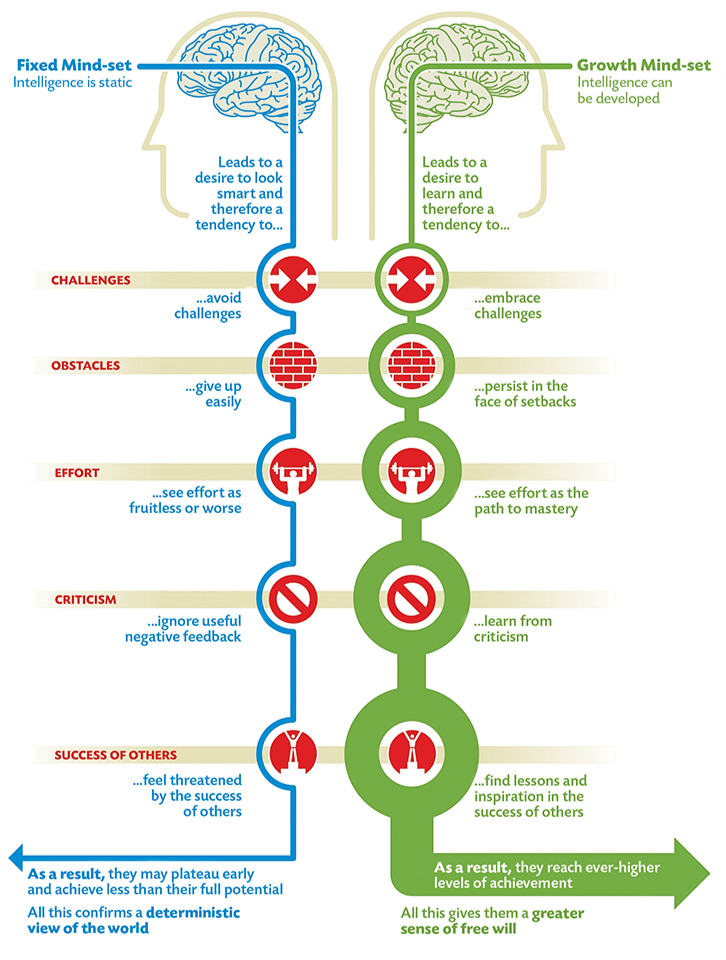What Makes Students Resist Learning? Here's My Experience.
- carolinetoop0
- Jan 10
- 2 min read
No matter the reason, being the instructor in an environment where students are resistant to learning can be frustrating and demoralizing. In The Skillful Teacher: On Technique, Trust, and Responsiveness in the Classroom (2015), Stephen Brookfield challenges the reader to dive deeper into the reasons students may be resistant to learning. He highlights the importance of critically reflecting on our own experience as learners. In his words “thinking about the times when we have been resistant to learning something, and identifying what it is that either deepened that resistance or helped us get past it, can help us understand better how to respond to students who steadfastly refuse to learn” (Brookfield, 2015, p. 217).
All of the teaching roles I have had to date have been with the University of British Columbia Master of Physical Therapy program. Having graduated from this program myself in 2017, critical reflection on my own experience as a student is one of the best ways I can strive to understand students’ resistance to learning. This program provides a mix of classroom instruction as well as supervised clinical placements in a variety of physiotherapy clinical settings (hospitals, private clinics, rehabilitation facilities, etc.).
When I reflect on the classroom experience, one thing that made me resistant to learning was when there was a lack of practical application or integration of clinical concepts. For example, there would be times when we would need to learn how to perform a range of motion assessment or read a chest x-ray, without understanding the clinical context of why we might want to do those assessments and what we would do with the results. I feel that presenting case studies first as a framework for our learning and then working backward to learn the necessary assessments and tests to solve the puzzle would have helped me to understand the relevance of the material and would have improved my engagement. In clinical placement settings, one of my biggest frustrations was receiving feedback that was not specific or actionable. For example, if my assessment techniques were assessed as needing improvement, I would ask for feedback from my preceptor. When asked about what parts needed improvement or in what ways, my preceptor would respond with: “This skill just takes time to develop”. This frustrated me greatly as I felt like I had no starting point to take any practical steps to improve my performance. As such, more detailed, specific, and action-oriented feedback would have helped to break down what parts of my performance needed improvement, and which steps I could take to get there.
Having been a student in the same program I am now an instructor in has been a huge asset for me in understanding students’ resistance to learning and thinking of ways to address this resistance. I want to continue to critically reflect on this as I hopefully take on more senior roles in the department in the future where I can make more large-scale changes to improve student experience.
Reference:
Brookfield, S. D. (2015). The skillful teacher: On technique, trust, and responsiveness in the classroom (3rd ed.). John Wiley & Sons.





Comments